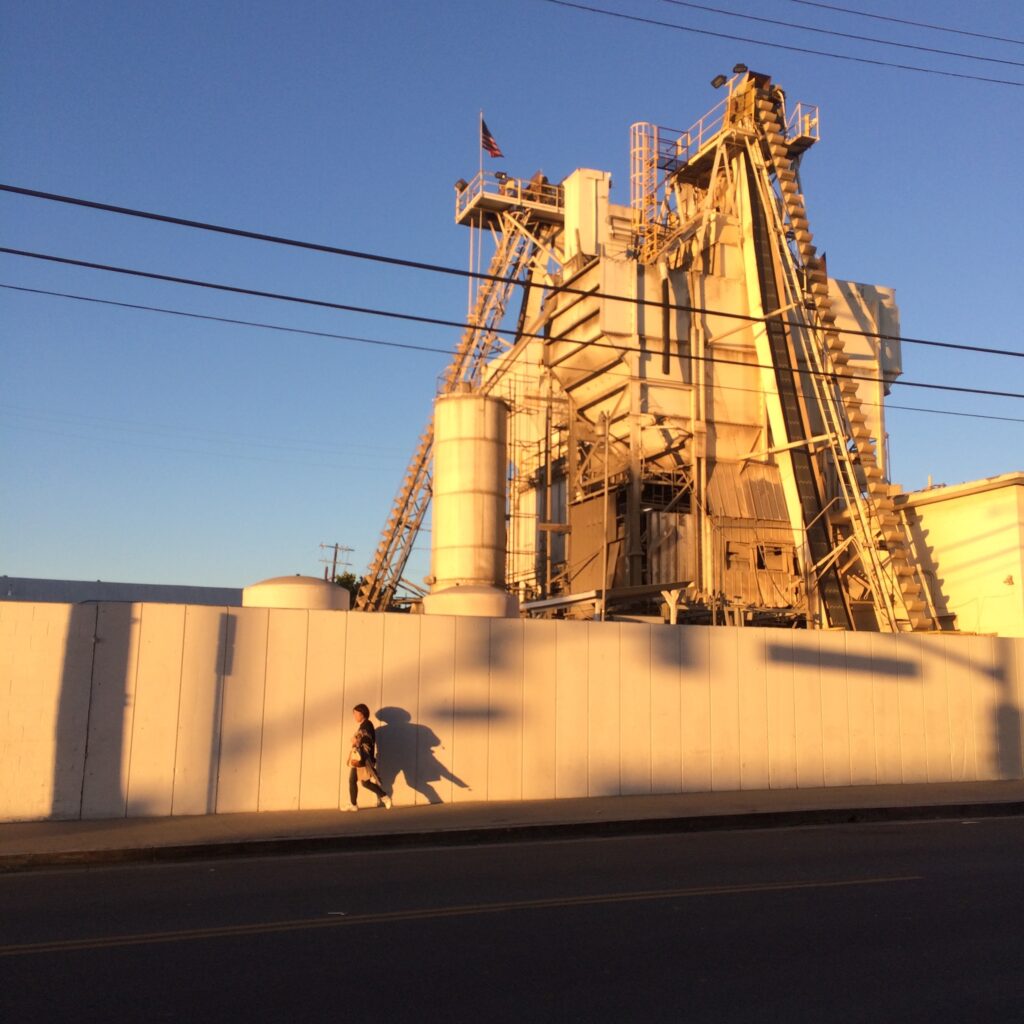
This post was inspired by a recent five frames post on the demise of an industrial feature – a giant concrete silo. The Cemex plant at 1000 La Brea Ave on the western border of ...
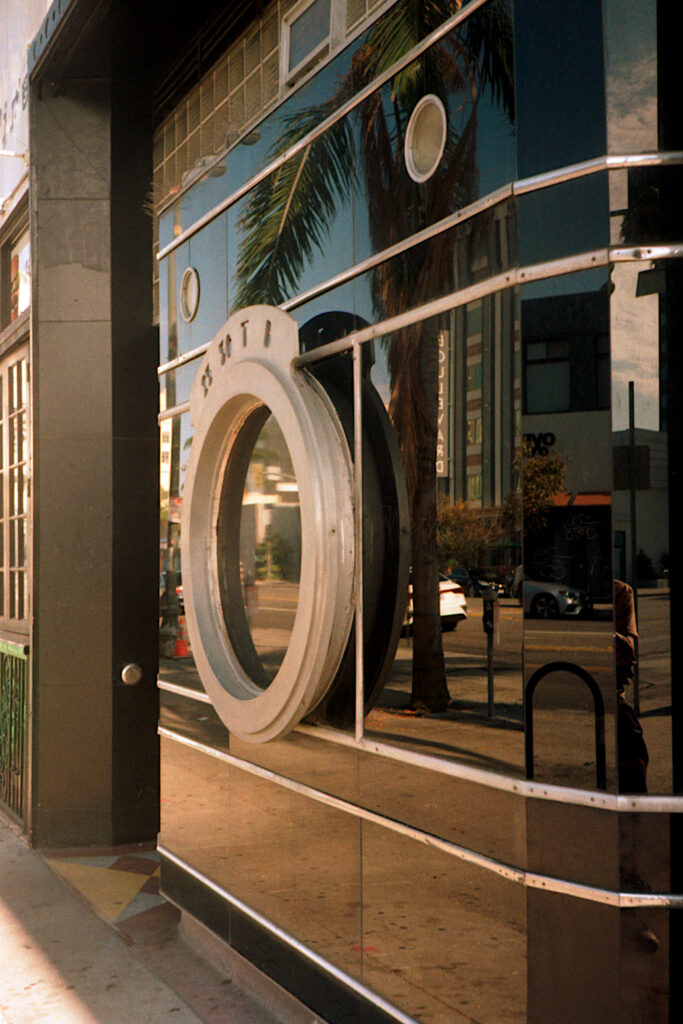
Originally the building was a camera shop – The Darkroom – at 5370 Wilshire Blvd in Los Angeles in the Miracle Mile. While the facade is now boarded up, it had previously been a...

Today there are many options for converting colour and b&w negatives to positives that combine hardware and software. In contrast to now, when I embarked on this journey, th...
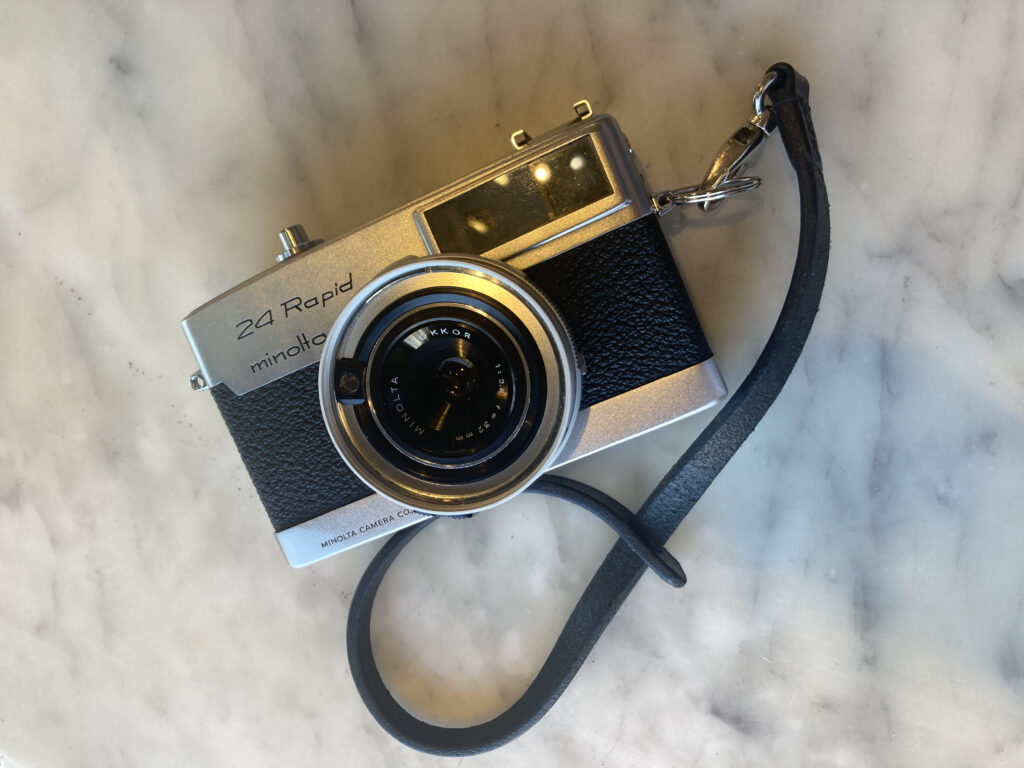
So you like square format but you don’t want to pay the price for medium format or bear the weight and prefer the convenience of 135. And if you can barely get through 36 frames...
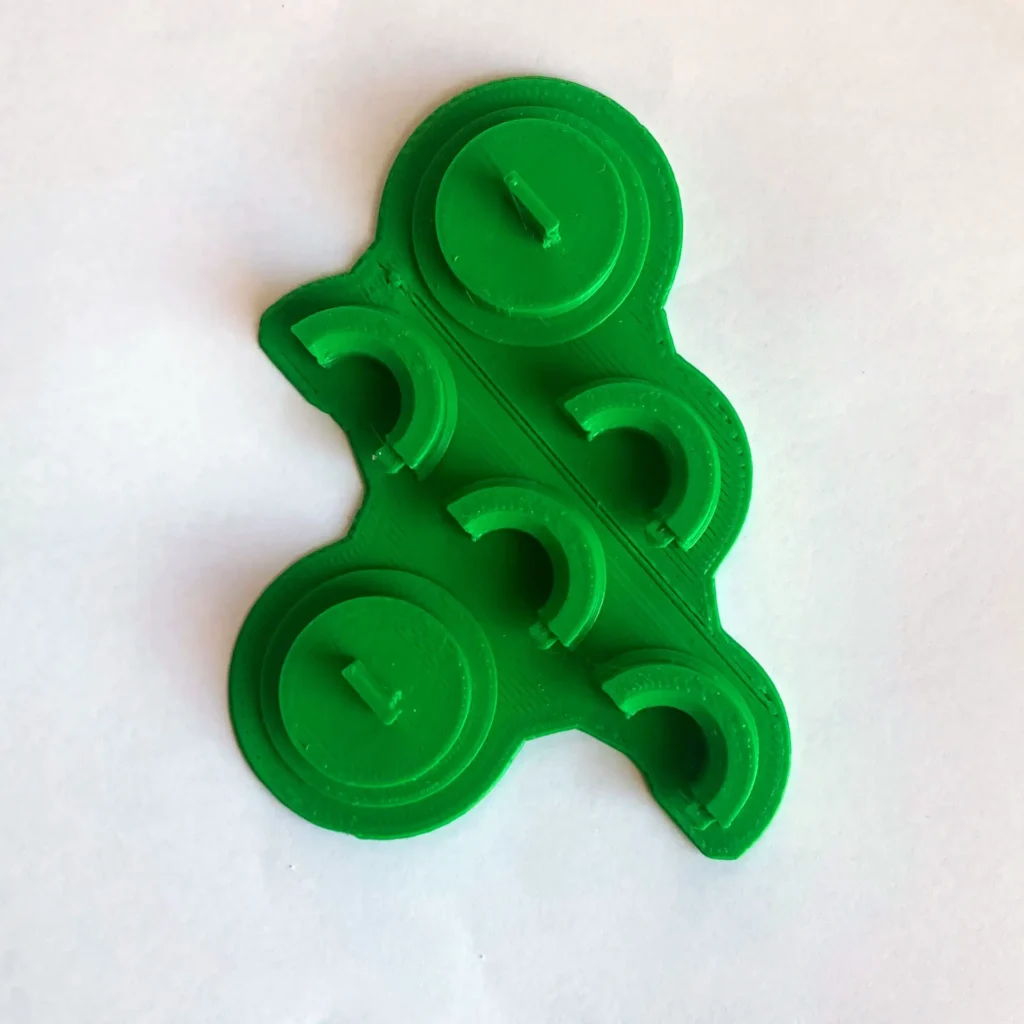
3d printing has opened up a whole realm of possibilities for analog cameras. Replacement parts can be printed in a variety of materials. And, more importantly, cameras can be ad...
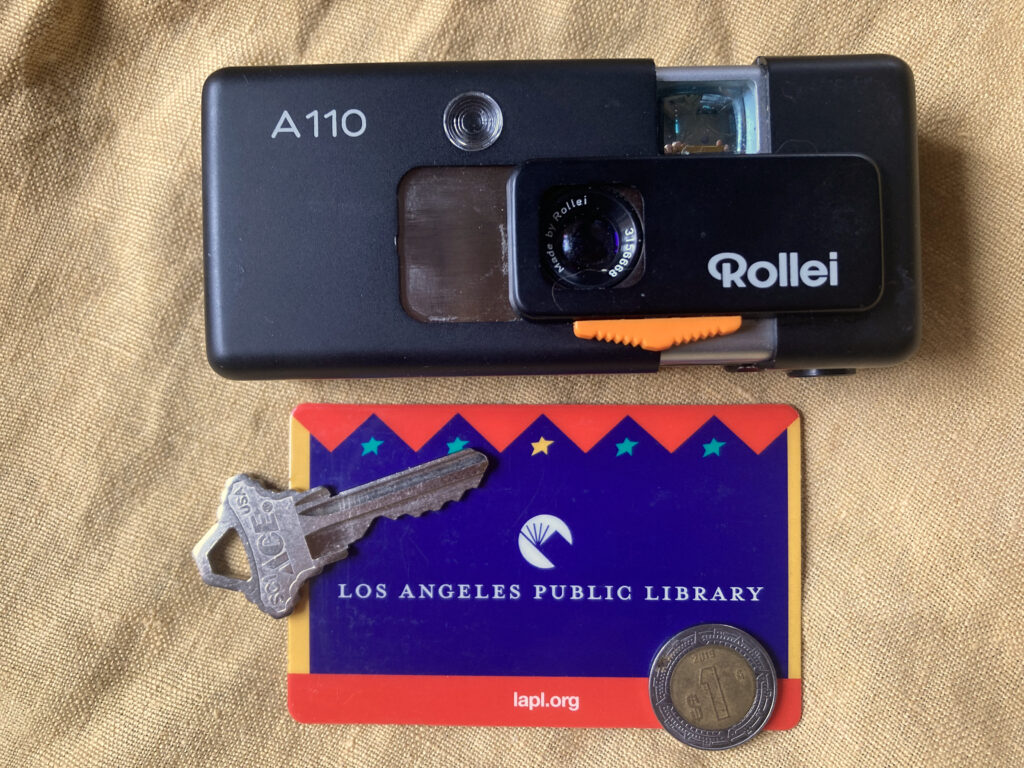
This is a tale of a test roll, well a test cassette, loaded in two Rollei A110 (110 format) cameras. Bottom line: one camera produced over 15 frames before failing while the oth...
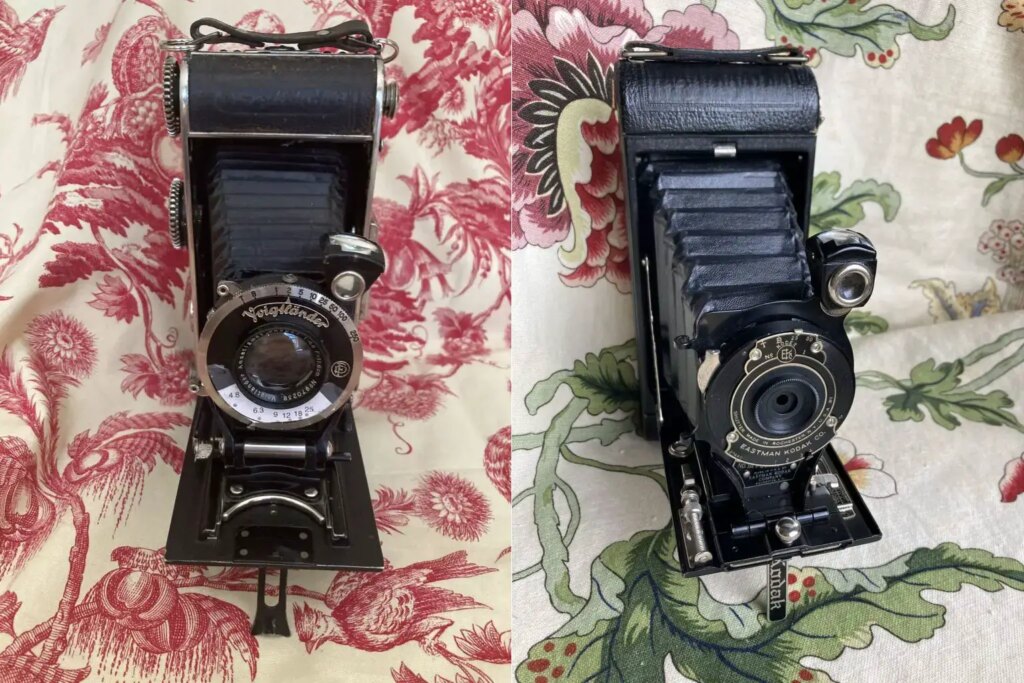
The standard aspect ratio of 35mm film is 1.5:1 (36mm x 24mm). In contrast, wide aspect negatives range up to the ultra wide, and pricey, Hasselblad XPan, with an aspect ratio o...
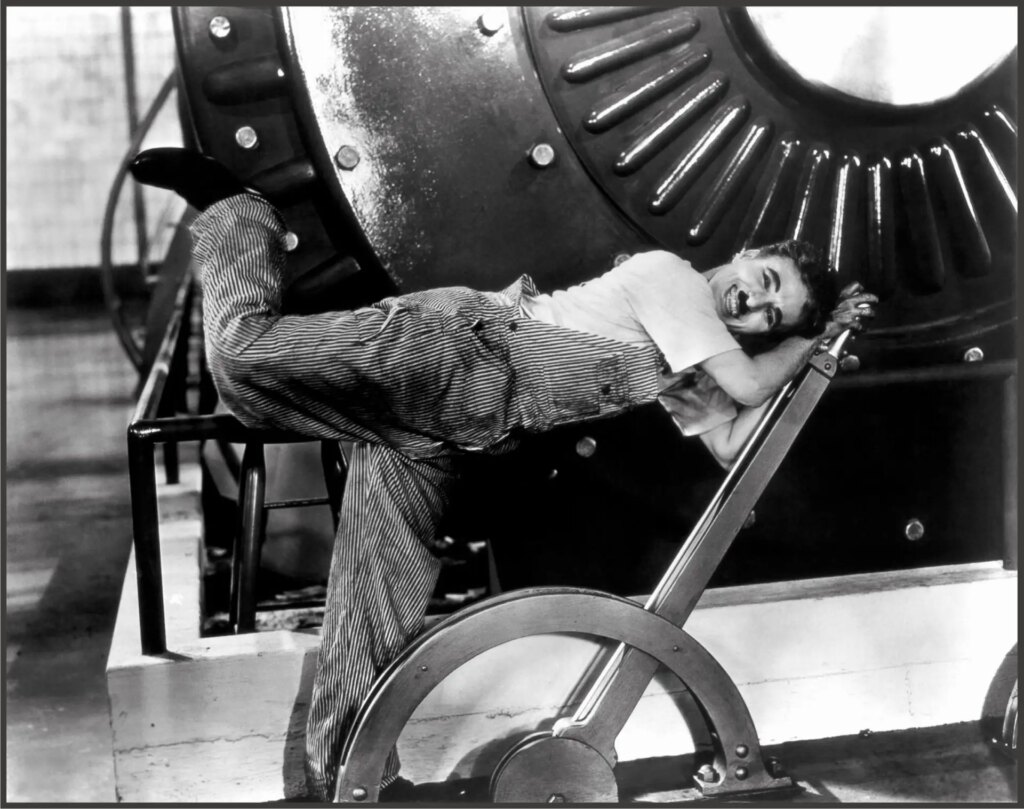
While there is much interest in scanning with a digital camera, there are other ways of scanning negatives: using a lab or home-scanning with a dedicated scanner. Scanning with ...








